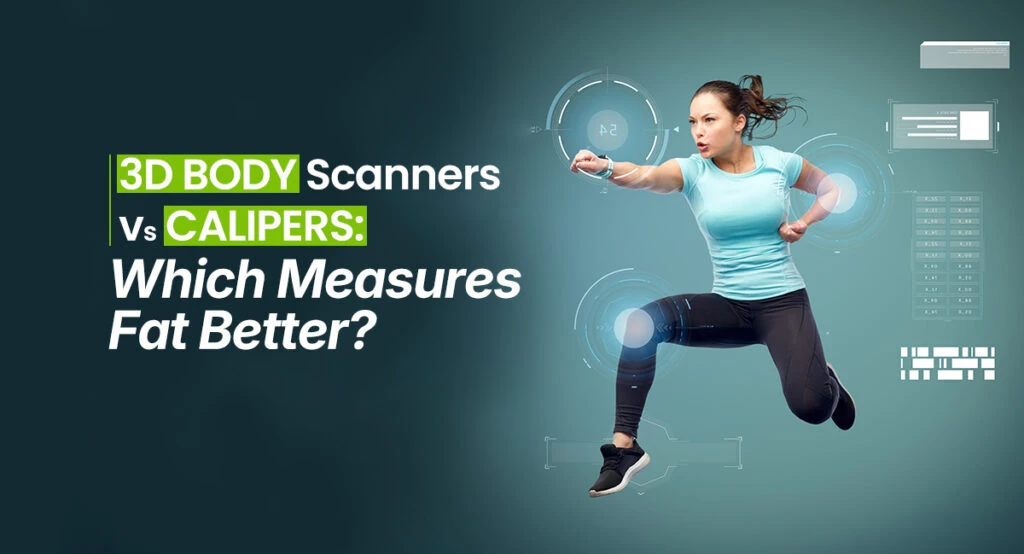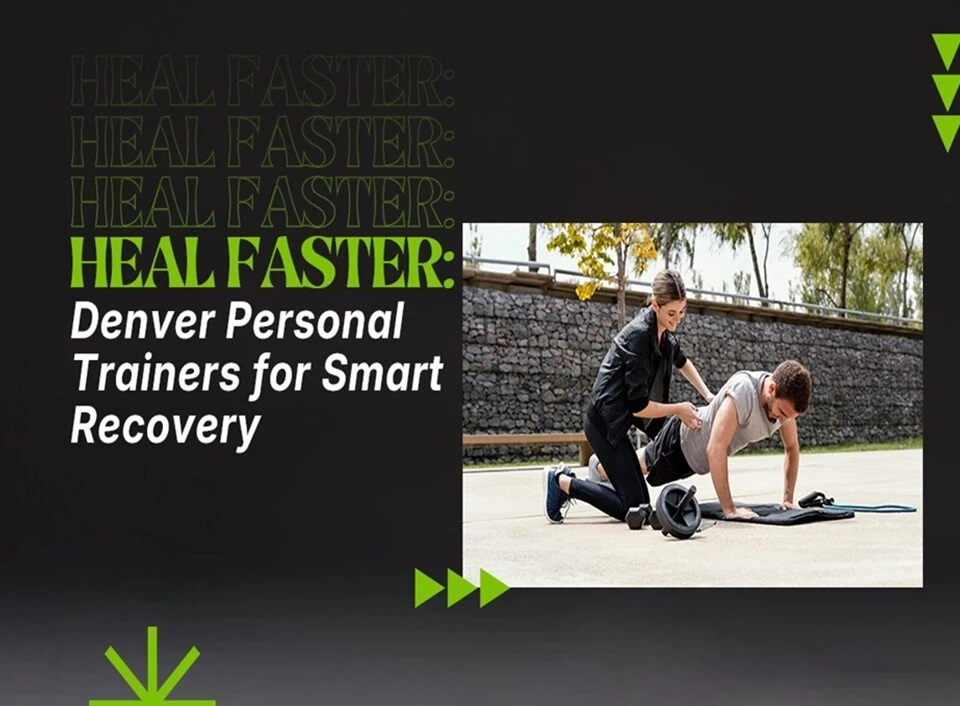3D Body Scanners vs. Body Fat Calipers: Which Is Better?

The best way to track body composition and overall fitness is by using methods that are both accurate and convenient. Two popular options, 3D technology with a body scanner or using a traditional set of body fat calipers, both provide ways to measure body fat and observe changes over time.
Traditionally, Body Fat Calipers are a staple for personal trainers and exercise enthusiasts at every level, while newly released 3D technology has begun to dominate industries with claims of speed, thoroughness, and data. Yet, the question remains: which retention method is really better and better for you? As we compare both tools, we will outline the advantages and disadvantages to help you decide the best tracking method for your pursuit of fitness.
So, which body fat measurement method is better? The answer depends on what you want – speed, accuracy, price, convenience. In this article, we will outline how each method works, its pros and cons, and help you to decide which method to use for measuring your body fat.
What are body fat calipers?
Body fat calipers are handheld tools used to measure the depth of skinfolds at various areas of the body. This measure is then used to estimate overall body fat percentage. Body fat calipers are widely used for fitness testing. They are an inexpensive manual method, but they require skill and consistency to produce accurate results.
What do people like about calipers?
- Inexpensive: Calipers are super inexpensive. You can even buy a pair for home use.
- Easy to Carry: They are lightweight and small, easy to use anywhere.
- Fast Results: You can get your measurements in a matter of minutes.
- Good for tracking change: If done correctly, calipers can help determine if your body fat is increasing or decreasing at any point in time.
What are the cons?
- Takes some practice: Results can vary based on who takes the measurements. Experience does matter.
- Less Comfortable: Some people just do not like having their skin pinched; it may not be for everyone.
- Not Accurate for Everyone: It may not give accurate results for people with higher body fat, as it will be difficult to get a good reading.
What Are 3D Body Scanners?
3D body scanners are sophisticated machines that use cameras and sensors to scan your entire body. In a matter of seconds, the machine produces a 3D model of your body and provides you with detailed data such as body fat percentage, muscle mass, posture, and body shape.
You typically stand in the scanner with tight clothing on while individual scans are performed on you. The results are sent to a screen or an application for you to review.
Why do people like 3D Scanners?
- Detailed Reports: The scanners scan your body and give you a report about its entirety, with sequential scans showing your overall changes.
- No Contact: No need to pinch or touch, you literally stand still and let the machine do all the work.
- Visual Image: You can see a 3D image of your body, which makes it more interesting and keeps you motivated.
- Consistency: While calipers rely on a person to take measurements, 3D scanners do not; therefore, the results will be more consistent and reliable each time.
What are the cons?
- Expense: These scanners are expensive, which is why you only find them at gyms or wellness centers.
- Accessibility: You cannot have one at home due to its high cost.
- Too much Information: Some people may find some of the details and data daunting, especially if you’re just getting into being fit.
Which Is More Accurate?
This depends on how the tool is applied. Whereas calipers may be accurate when used by a trained person, but can also be inaccurate, 3D body scanners are not perfect, but can be more consistently accurate because they are based on technology rather than judgment.
If you require a quick and approximate assessment, calipers will work. If you are looking for detailed, accurate data based on technology, a 3D scan would give you more information.
How do you decide?
Here is a clear argument:
If you are on a budget, beginning your fitness journey, or only need to account for a few measurements, choose calipers.
If you need more information, if it is not an inconvenience to spend a little extra money, and if you like to see progress visually, choose a 3D scanner.
Also, consider your comfort level. Whether or not you are comfortable with someone touching you while using the above gadgets. Choose wisely and make the most of it to stay healthy and fit!
Final Thoughts
All in all, both fat calipers and 3D body scanners have their place and are useful tools, in different ways.
Calipers are really quick and easy, and ideal for the casual check-in and tracking over time, especially if we have someone experienced to help us. A 3D Scanner gives the depth and exciting imagery that can stimulate our motivation.
However, it is important to keep in mind, whichever way you choose to measure your progress, that nothing that we measure can define what health is, or our worth as a person. The goal is to use either or both methods to take stock of the bigger picture: how we feel, how our clothes fit, and how strong or energetic we are.
Ultimately, we can measure, but it is consistency, balance, and mindset that make the difference.



